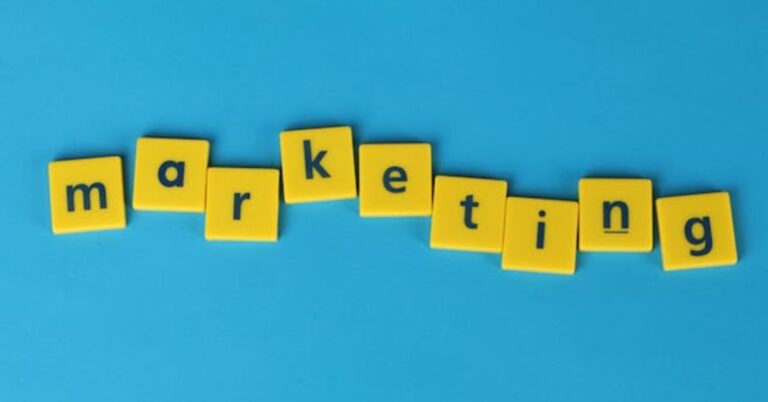The marketing landscape evolves faster than TikTok trends, and 2025 brings seismic shifts that’ll make your 2023 strategies look like ancient hieroglyphics. While flashy tech dominates conversations, the real game-changers blend human psychology with smart automation. This post will explore what actually moves needles in this attention economy.
Hyper-Personalized AI Experiences That Don’t Feel Robotic
Gone are the days of creepy “We see you’re shopping for shoes!” pop-ups. 2025’s AI crafts narratives so tailored they feel like mind-reading. Imagine landing pages that morph in real-time based on your cursor movements, serving different value propositions to night owls versus early birds. Chatbots now handle complex negotiations with the finesse of seasoned sales reps, using vocal tone analysis to adjust persuasion tactics mid-conversation. The magic lies in predictive personalization – systems that anticipate needs before customers articulate them. A camping gear store might email hiking boot recommendations three days before your annual wilderness trip, synced with weather patterns at your destination. This isn’t guesswork; it’s behavioral pattern recognition crossed with contextual awareness.
Ethical concerns loom large as tech digs deeper into consumer psyches. Forward-thinking brands build “transparency dashboards” showing exactly how data gets used. Customers willingly trade privacy for value when they control the levers – 63% more likely to share preferences if they can toggle personalization settings like a car’s climate control. The human touch survives through hybrid models. Luxury brands deploy AI concierges that hand off to human specialists when conversations hit emotional thresholds (detected by micro-pauses in typing speed). It’s not man versus machine – it’s cyborg customer service that outshines both.
Sustainability Storytelling That Actually Sells
Sustainability now demands verifiable evidence. Vague “eco-friendly” claims without blockchain-backed transparency are dismissed outright. Patagonia’s product passports set the standard—customers scan garments to trace materials from origin to final stitch. Carbon receipts integrate seamlessly into checkout experiences, quantifying emissions saved in relatable terms, like trees planted or miles offset. The circular economy reshapes consumption: sportswear brands embrace sneaker subscription models, rewarding returns with loyalty perks. Automakers pivot to “mileage memberships,” transforming vehicles into shared, adaptable assets—your SUV for road trips seamlessly switches to an electric bike for city commutes.
Sustainability gets bold with radical transparency live streams. Factories run 24/7 feeds showcasing ethical labor conditions, while restaurants display real-time food waste stats on digital menus. One fast-casual brand sparks a following by transforming surplus ingredients into next-day specials, cheekily labeled “Yesterday’s Leftovers (Reimagined).” But the movement has a flipside—“greenhushing” takes hold as brands downplay progress to sidestep activist scrutiny. Smart marketers push back with peer-reviewed impact reports and third-party certifications—now the ultimate currency of trust.
Interactive Content That Becomes Product Experiences
Static posts and pre-recorded videos fade into irrelevance in 2025. The new frontier? Marketing as an interactive, try-before-you-buy playground. Cosmetic brands harness AI-powered virtual makeovers, using smartphone cameras to analyze skin tones with pinpoint accuracy. Tap a lipstick shade, and your reflection instantly pouts—no app required. Home goods retailers build AR-powered showrooms where sofas adjust to your Netflix-slouching posture, and furniture auto-resizes based on iPhone-scanned room dimensions. Craving those IKEA meatballs? These experiences come packed with snackable content—tap a lamp to unlock DIY decor hacks from TikTok-famous organizers.
B2B brands get in on the action with interactive ROI calculators that sync live with your CRM. A cloud storage vendor’s tool might analyze real file usage to forecast savings—then instantly generate a boardroom-ready pitch deck. Content isn’t just king; it’s the whole chessboard. The surprise breakout? Interactive audio campaigns. A pet food brand’s Spotify ad lets listeners choose adventure stories for dogs—pick “Space Explorer” or “Jungle Safari” and hear barks and tail wags to match. Engagement rates soar, outpacing traditional ads by 4x.
Evolution of SMS Marketing
SMS marketing has evolved far beyond generic blasts. In 2025, a mass texting service isn’t just about sending discounts—it’s the backbone of personalized, AI-driven customer journeys. Imagine a beauty brand texting you a real-time skincare tip based on the day’s humidity levels or a fitness app sending motivational nudges when your step count drops. Two-way SMS conversations replace clunky customer service chats, letting users book appointments, request product recommendations, or even complete purchases seamlessly.
Retailers leverage SMS-triggered AR try-ons, allowing customers to see how a jacket fits before clicking “buy.” In hospitality, hotels use automated texts to offer room upgrades upon arrival, responding dynamically to guest preferences. The real game-changer? SMS payments, where purchases happen within a single text exchange, eliminate checkout friction entirely. As brands blend AI with SMS, marketing becomes less about pushing messages and more about delivering seamless, hyper-personalized interactions at the right moment.
Conclusion
The future belongs to brands that make tech feel human—not the other way around. While shiny new tools tempt marketers, 2025’s real winners prioritize emotional intelligence over artificial intelligence. Customers want experiences that respect their time, align with their values, and surprise them with relevance. The tech will evolve, but the game stays the same: cut through the noise by delivering undeniable value. Adapt, or become a cautionary tale.

